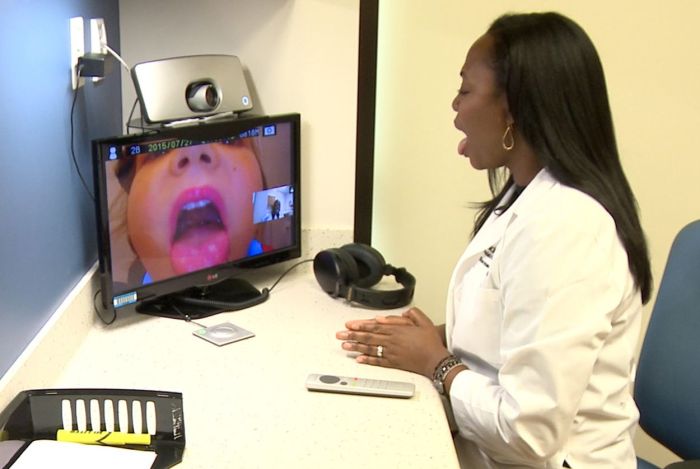
Investigators at the University Hospital in Tours and several other research institutions in France have determined telemedicine is useful in dealing with both Type 1 and Type 2 diabetes. Their work was reported on in August 2018 in the Telemedicine Journal and E-Health.
The investigators combined 42 trials of the technique and analyzed them as if they were one large study with 6,170 participants…
- a total of 34 studies used devices for telemonitoring blood sugar levels while the other
- 8 used teleconsultation.
The participants using telemedicine experienced a more significant reduction in their HbA1c levels than those who were treated with the usual care, and the difference was more significant in those with Type 2 diabetes than those with Type 1 diabetes. Those aged between 41 and 50 years showed more significant improvement than the younger participants, and telemedicine programs lasting over six months reduced HbA1c levels further than shorter programs.Another investigation, reported on in January 2018 in the Journal of Telemedicine and Telecare, showed telemedicine to be effective at preventing low blood sugar levels as well. Researchers at Huzhou University and several other research institutions in China combined 14 studies in their analysis. They found telemedicine reduced the risk of low blood sugar by an average of 58 percent in 1324 diabetic participants.
Obesity is a concern for those with Type 2 diabetes and Gestational diabetes. According to an article published in the Journal of Telemedicine and Telecare in January of 2018, scientists at the National Yang-Ming University Hospital in Yilan and other research institutions in Taiwan found telemedicine helpful for the control of the body mass index (BMI). A total of 25 trials that included 6253 individuals were involved. Telemedicine was more effective than the usual care alone in reducing the BMI in those treated for…
- obesity alone,
- being overweight,
- having diabetes, or
- high blood pressure.
Continuing their care for at least six months and follow-up care afterward, was also helpfulTelemedicine also has its place in Gestational or pregnancy-related diabetes. In August of 2018, the journal Diabetes Research and Clinical Practice reported on a study performed at the University of Melbourne and some other research facilities in Australia. A total of 95 pregnant women who had been diagnosed with Gestational diabetes were included…
- 61 received telemedical care as well as the usual care, while
- 34 received general attention only.
The cost of care for both groups cost the same amount. Those receiving the telemedical care needed fewer changes to their insulin dosage and achieved their targeted HbA1c levels in an average of 4.3 weeks, while the women receiving the usual care reached their goals after an average of 7.6 weeks.
Type 2 diabetes is not a condition you must just live with. By making easy changes to your daily routine, its possible to protect your heart, kidneys, eyes and limbs from the damage often caused by diabetes, and eliminate some of the complications you may already experience.